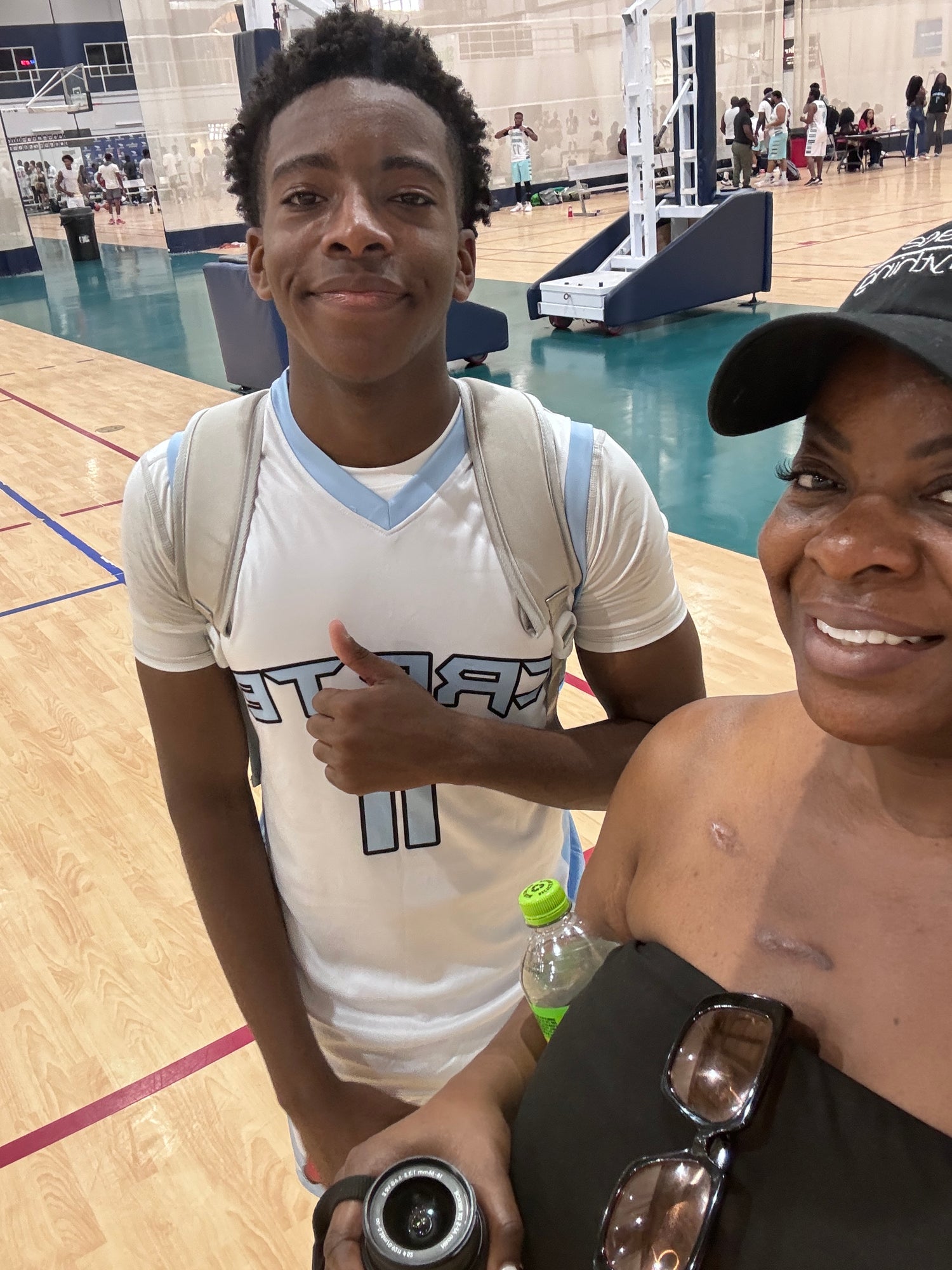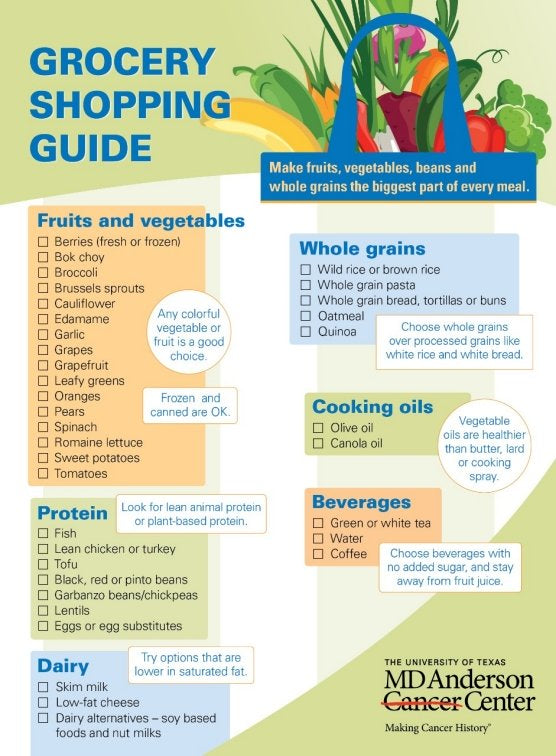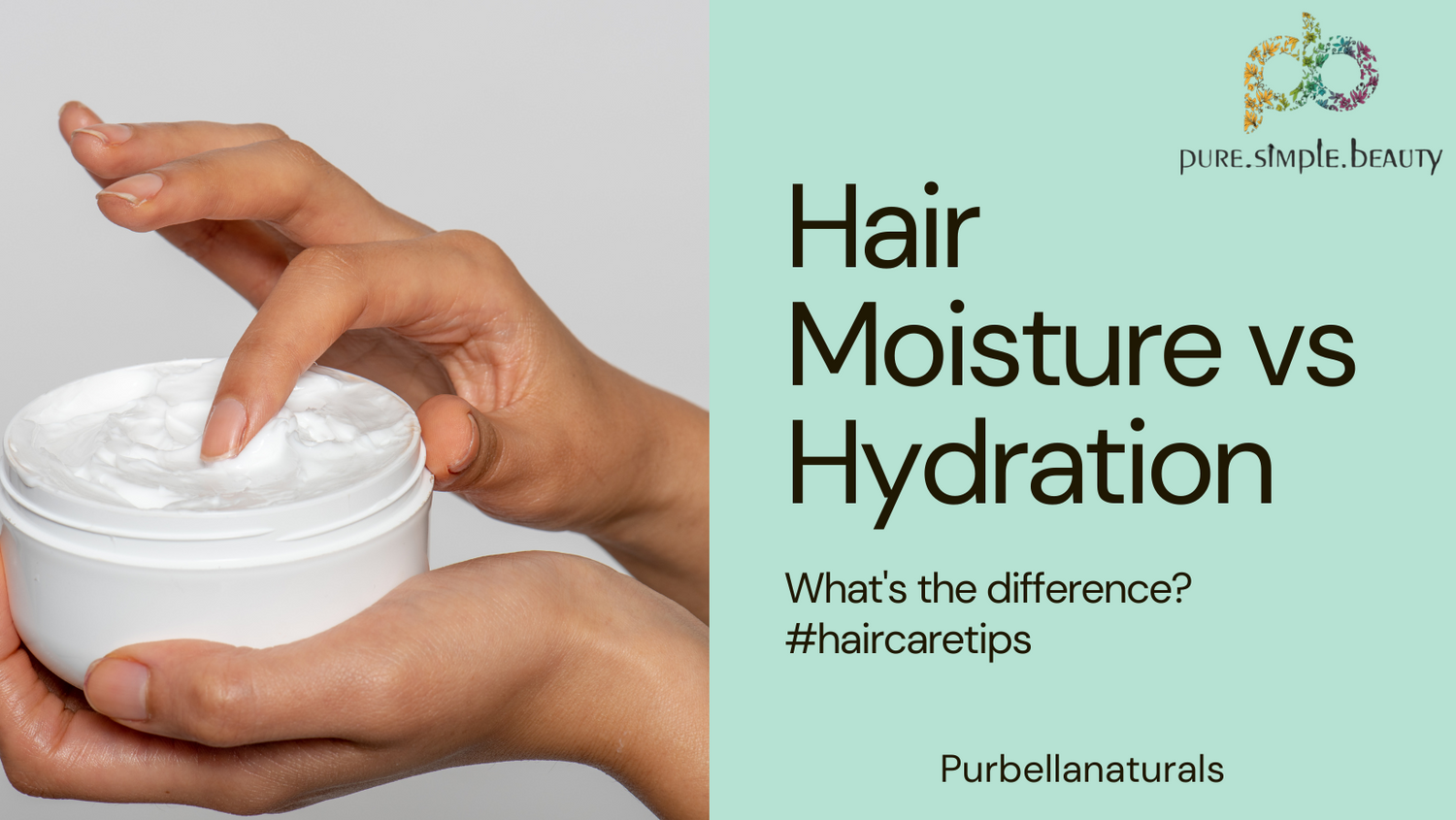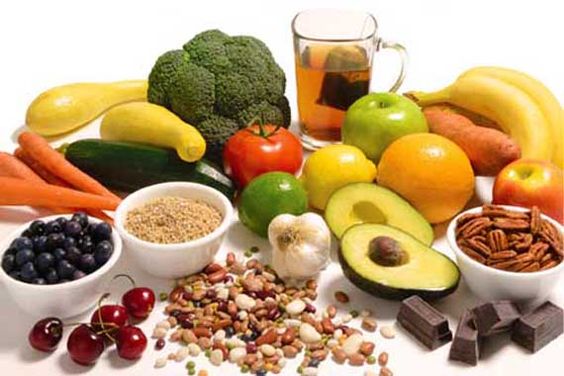If there's one factor in having a success with your natural hair journey it's this: The more you learn about the type of hair you have the better you can maintain it. We can look at amazing styles on the Gram all day and try to immolate them, but if our texture isn't meant for that style you'll never achieve it and that my friend will lead you to not liking the texture of your hair.
When you know what your texture is then you'll know how to care for your hair and what styles will work. Texture refers to the diameter and thickness of each individual strand of hair and there are three basic hair texture types. Regardless of if your hair is straight, wavy, curly or kinky we all have 3 basic textures: fine, medium and thick which can also be called coarse. Texture is not how the hair feels but describes the thickness of each individual strand of hair.
FINE
Fine hair texture is delicate and feels silky to the touch. Each strand contains less protein structure, and doesn’t hold curl or volume well which makes it look flat, limp or thin. Fine hair has two hair layers- a cortex and a cuticle. You probably have fine texture hair if your hair:
- Doesn’t hold styles well
- Becomes weighed down fairly easily by products, causing the hair to look stringy
- Looks thin
- Breaks easily from it’s fragile state
Here's what you should avoid if your hair is fine: products that are heavy or build residue. Some of our products are especially effective on fine hair texture such as
Vanilla Rain as a light leave in conditioner and
Hello Curls for your curl definer while adding a little extra volume.
MEDIUM
Medium hair is the most common hair type and has good scalp coverage. This hair texture is not as fragile as fine hair and can be manipulated into styles easily. Structurally, medium textures usually have two layers – the cortex and cuticle – and may contain the medulla. I'll teach you what those are in another email.
Medium natural hair:
• Holds styles fairly well
• Usually looks thick and covers the scalp well
• Is not as prone to breakage as fine hair but becomes delicate when heating tools are overused.
It's important to keep medium texture hydrated well and protected from the sun. When wearing blowouts you do not want to apply your flat iron again after your initial style. This will definitely cause medium hair to become damaged. Medium hair when wearing washngo's can be rinsed and repeated on the 4th or 5th day for extra moisture and longevity.
Thick or Coarse Hair
This hair texture is strong because within it's structure it contains all three hair layers – the cortex, cuticle and medulla. The medulla, the innermost layer of the hair shaft is simply empty space filled with air and protein. This hair texture usually takes longer to dry than others, and can is usually resistant to chemical treatments. But It can tolerate heat well and resist breakage when using treatments better than the fine or medium hair.
- Thick natural hair:
Appears Full
- Holds styles well
- Tolerates Heat well
- Can require a heavier styling product such as a cream, or a gel combined with Mousse for curl definition.
Can be resistant to hair coloring (use a stylist for this one)
- Needs to be thoroughly cleansed in the shampoo process, product tends to adhere to thick hair more.
Hair Type
In Cosmetology School back in the day day I learned and still stick with till this day the 7 basic hair types with a few in between: straight, wavy, curly, tightly curly, coily, tightly coily, kinky and wiry. This classification is based on the shape of the hair fiber.
Check back next week as I'll be discussing these hair types and how you can have success with each!!
Have you heard? I just released a new online course that's helping my cur-lies already master they're washngo skills at home! THE CURLY HAIR BLUEPRINT ...are you ready to perfect your skills and let go of dry frizzy curls? Tap the link below to find out more and join this quick self paced course. See you there!
purbella.mastermind.com/masterminds/34609







